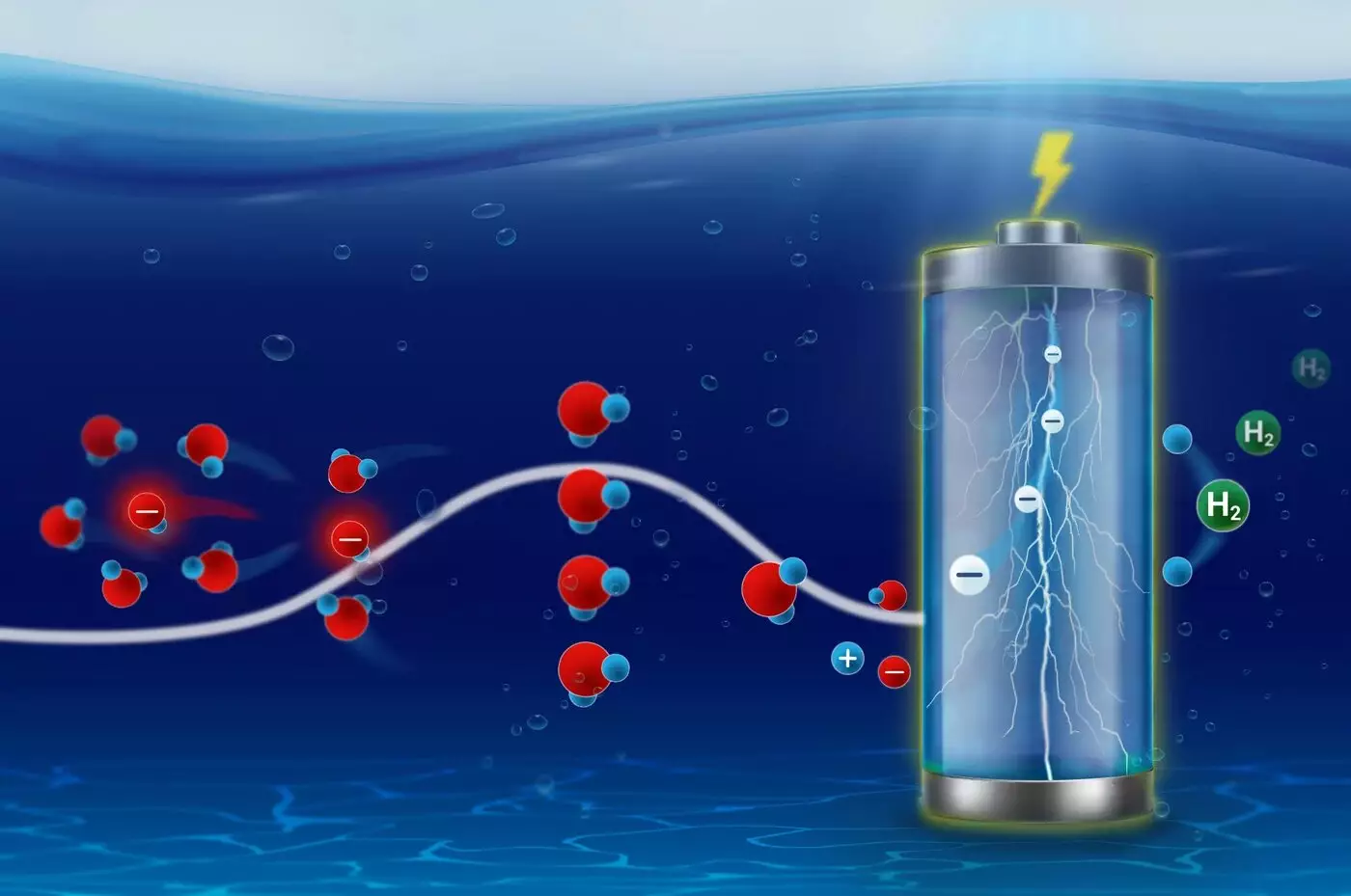Ion solvation is a fundamental process impacting various electrochemical applications, from battery technology to renewable energy generation. The behavior of ions in solution is governed by their need to reorganize their solvation shells—this complex interplay affects their ability to intercalate into battery cathodes, traverse through ion channels in biological membranes, or participate in chemical transformations on electrocatalytic surfaces. Recognizing how ions interact with their environment can provide critical insights into optimizing catalysts and enhancing overall efficiency in energy conversion technologies.
Recent advancements at the Interface Science Department of the Fritz-Haber Institute have shed light on the kinetics governing interfacial ion solvation. A pivotal study highlighted the importance of compensation effects between activation entropy and enthalpy in determining these kinetics. Essentially, when the energy barrier for an ion to overcome increases, so too do potential pathways for that ion, hence increasing its likelihood of successful solvation and subsequent activity. This relationship is elegantly captured by the Eyring-Evans-Polanyi equation, a cornerstone of transition state theory that has influenced chemical kinetics since its inception in 1935.
The team’s ability to measure activation enthalpy and activation entropy with millisecond precision marks a significant advancement in our understanding of ion behavior within electrochemical systems. The findings provide a nuanced understanding of how these parameters interplay under varying conditions, thus revealing previously obscured dynamics that dictate catalytic performance.
A major breakthrough of this research is the direct access to the electrosorption kinetics of hydroxide ions on various surface motifs, such as step edges or defects within catalysts. As elucidated by Francisco Sarabia, first author and Marie Curie Postdoctoral Fellow, this new methodology allows researchers to link the structural characteristics of electrocatalysts to their kinetic behavior. By observing how the surfaces of catalysts dynamically respond to the presence of hydroxide ions, the study unveils the complex relationship between catalyst structure and activity.
Additionally, the research tackled the intricate phenomena of dynamic poisoning behavior, particularly on platinum surfaces during the ammonia oxidation reaction—a crucial process in industrial catalysis. Insights gained from these observations could lead to improved surface designs that mitigate deactivation, thereby maximizing catalytic efficiency.
The study revealed nuanced roles of pH in driving changes in activation entropy, challenging long-held assumptions regarding the primary significance of activation energy in catalytic activity. The understanding that local pH can directly affect the behavior and efficiency of electrocatalysts opens new avenues for refining catalyst performance. As researchers uncover the interconnectedness between the solid catalyst structures and their liquid electrolyte environments, it becomes increasingly clear that nuanced control over these variables is essential for designing advanced energy systems.
The findings by the Interface Science Department illuminate a path forward for catalytic research, emphasizing the necessity for a comprehensive approach that incorporates real-time kinetic data alongside spectroscopic and microscopic evidence. Such methodologies can enable researchers to uncover complex interactions within electrochemical systems, ultimately guiding the design of catalysts that are not only more active but also exhibit improved selectivity and stability.
The dedication of the Interface Science Department, led by Prof. Dr. Beatriz Roldán Cuenya, reflects a commitment to further scientific exploration. By advancing our understanding of ion dynamics and solvation processes, they are poised to make significant contributions to energy conversion technologies, enhancing the efficiency and sustainability of catalytic processes vital to addressing global energy challenges.
The exploration of ion solvation dynamics represents a frontier in electrochemistry that holds the promise of transformative impacts on technology and industry. As researchers continue to untangle this intricate web of interactions, the potential for energizing advancements in catalysis becomes increasingly tangible, paving the way for a new era in energy and chemical conversion technologies.


Leave a Reply